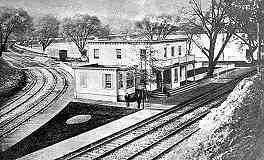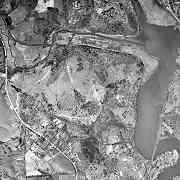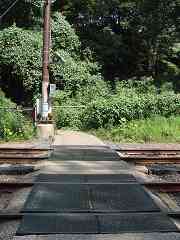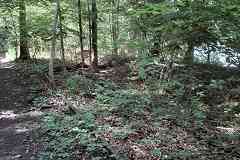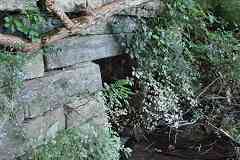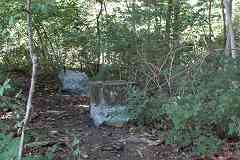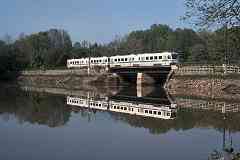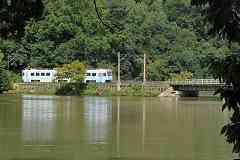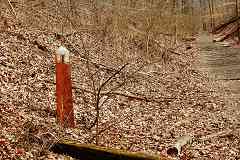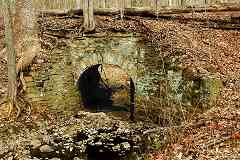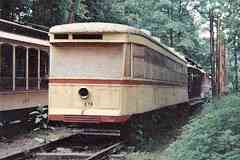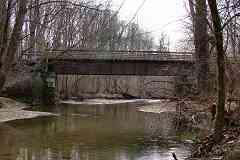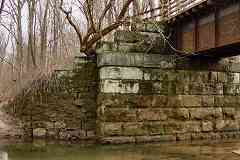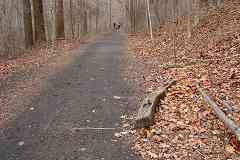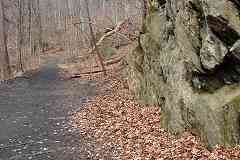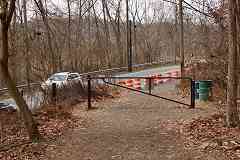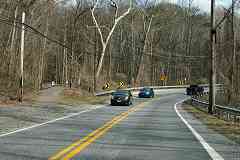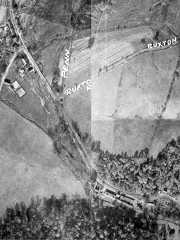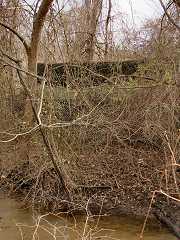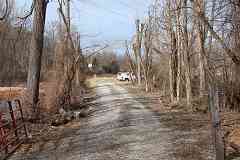|
This view looks from the Green Spring Branch, across Lake Roland waters, to
what became the B&S's main line, and much later Baltimore's central light rail.
The country's first wooden railroad bridge was constructed either here or
along the Green Spring Branch in 1832 under the direction of Col. Stephen H.
Long. An advocate of wooden bridges, Long teamed with the B&S after disagreements
with the stone-bridge-favoring B&O. Long's one B&O wooden bridge was Jackson
Bridge which carried a turnpike over the railroad at Morrell Park.
In 1854 the B&S merged with other lines to form Northern Central RR. Before
that decade ended, the NC upgraded the B&S bridge here to permit the then-new
Lake Roload to flow under. The bridge and surrounding trackage were
damaged by Confederate sympathizers during the Civil War of the 1860s to slow
progress of Union troops from the north. The bridge was likely further modified
for heavier steam locomotives, then again around 1990 for light rail. Along
the way, there may have been other modifications as well.
Links:
Long's bridges here,
Jackson Covered Bridge
| 